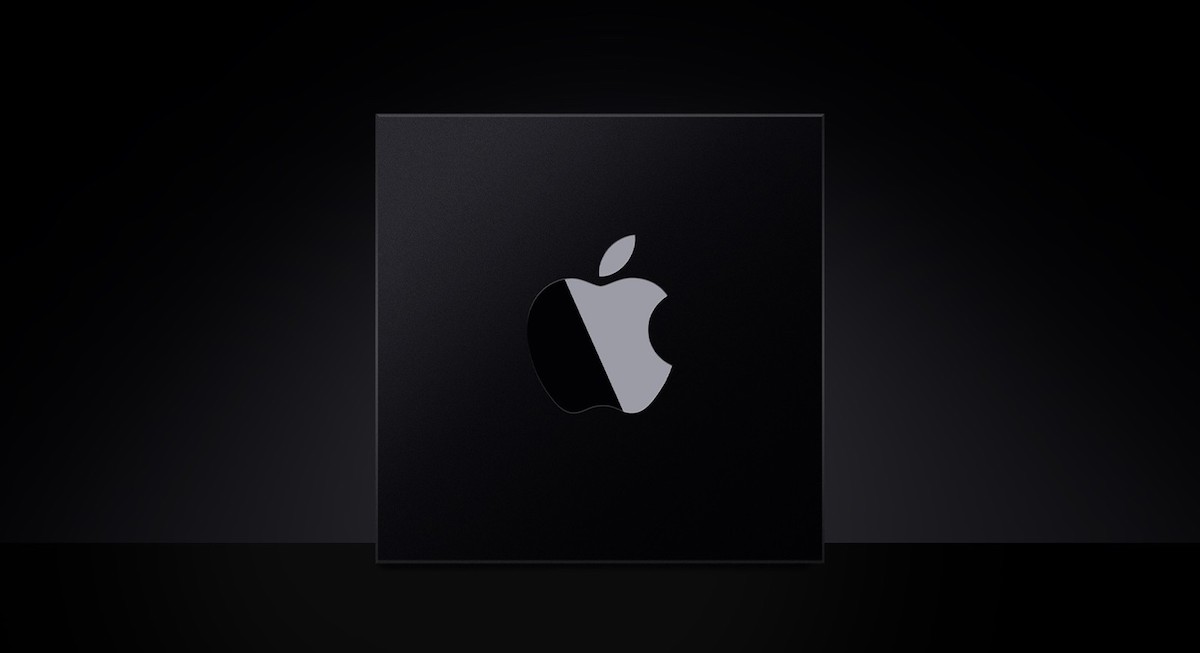Apple was the leading buyer of semiconductor chips in 2020, according to technology analyst firm Gartner. The Cupertino tech company spent $53.6 billion and took 11.9% of the global market share. Samsung came in at second with an 8% share of chip purchases. Both tech companies had year-over-year positive factors of over 20%. Huawei spent 23% less because of the restrictions imposed on the firm by the United States.
Semiconductors are used in the manufacturing of several kinds of electronic devices such as diodes, transistors, and integrated circuits. Devices with semiconductors have found wide application because of their performance, reliability, and cheap cost.

Apple was the leading buyer of semiconductor chips last year
The top 10 buyers remained the same as in 2019, but increased their semiconductor expenses by 10% and accounted for 42% of the market, up from 40% in 2019, according to the report. Apple and Samsung purchased over $90 billion of the chips in 2020. together, both companies make up 20 percent of the worldwide market. Huawei remained in third place, despite being down 23.5% from 2019.
“The U.S. government increased trade restrictions on Huawei in 2020, limiting its ability to purchase semiconductors, which, in turn, limited its smartphone supply and reduced its market share. However, the Chinese market remains important for semiconductor vendors, as other Chinese smartphone OEMs stepped in to fill the vacuum created by Huawei in the second half of 2020,” said Yamaji.
According to Gartner research director Masatsune Yamaji, the two major factors which impacted the top OEMs’ semiconductor spending in 2020 were “the COVID-19 pandemic and the political conflict between the US and China.” According to Yamaji, the pandemic did weaken the demand for vehicles and 5G smartphones, but it also saw the rise of the demand for mobile PCs and video games.
“The pandemic weakened the demand for 5G smartphones and disrupted vehicle production, but drove the demand for mobile PCs and video games, as well as the investment in cloud data centres through 2020. Furthermore, a rise in memory prices in 2020 resulted in increased OEM chip spending through the year.”
The Cupertino tech giant bought $53.6 billion in chips last year led by demand for AirPods, iPads, and Macs. Yamaji says, “Increasing demand for mobile PCs and tablets due to working from home significantly drove the production of Macs and iPads through 2020,” he went to acknowledge the tech giant’s transition to Apple silicon, “The company also began its transition to Apple silicon for its Mac product line in the second half of 2020.”
Read More:
1 comment